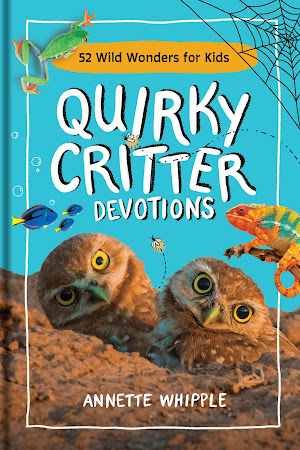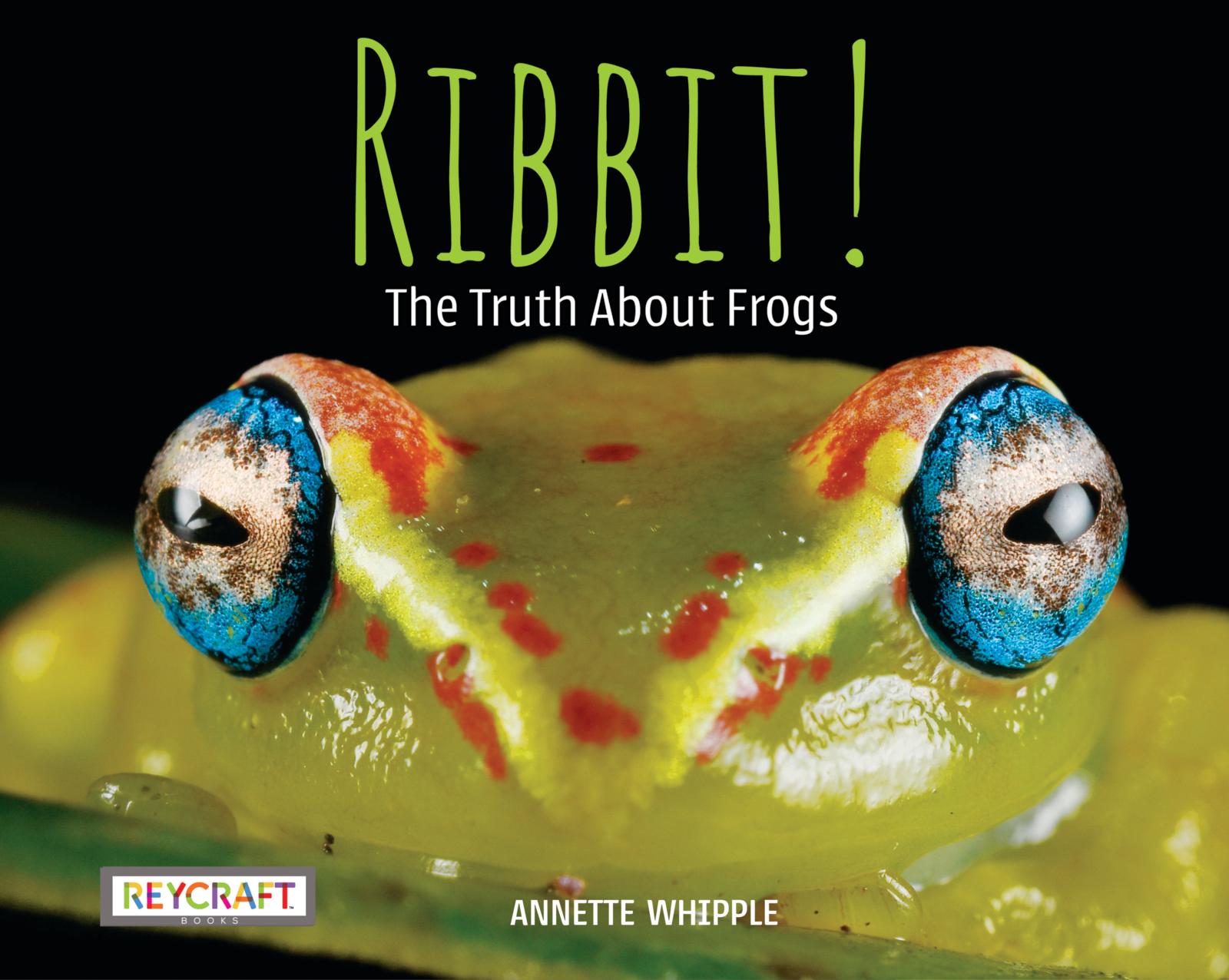Children's nonfiction and fictional informational books have changes so much in the past 20 years or so. Today's children's writers use nonfiction and informational text features to help readers better understand a topic. And text features make nonfiction fun!
Student writers use some of these same text features to engage their readers! Teachers can encourage young writers to use the text features which will best compliment their story.
Not all text features are used in every informational text. This is not an exhaustive list but it does help writers to think about nonfiction and informational writing text features.
Text features help readers find information.
Some text features help readers find information within a book or article. These include
Table of Contents
Chapter Titles
Headings
Glossary
Index
Text features help readers learn more information.
Other text features help readers learn more information or find more information about the topic. These include
Captions
Labels
Sidebars
Resources
Bibliography
End Notes
Text features help readers by providing visual information.
Additional text features provide visual information. These include
Photographs
Diagrams
Maps
Timelines
Graphs
Let's take a look at some examples.
Here's a page spread from Whooo Knew? The Truth About Owls.
Heading- It begins with a heading in the form of a question.
Photographs- Lots of photographs show more information about owls and what they eat.
Sidebar- At the bottom of the page spread an illustrated sidebar tells readers more about owls in an engaging way.
Here's a closeup of the caption.Readers find even more nonfiction text features in the back matter of Whooo Knew? The Truth About Owls.
Glossary- Words from the main text which readers may not know are defined.
Resources- A few kid-friendly websites with more information about owls are provided here.
Sidebars- Many sidebars are titled "Fact or Fiction?" These explore topics within the Little House books which readers may wonder if Laura Ingalls Wilder fictionalized.
Captions- Both historical and contemporary images and their captions provide readers with more information about Laura Ingalls Wilder and her Little House books.

Some books, especially those with historical and STEM topics, also include activities. Readers gain interest and understanding as they immerse themselves actively in a topic. In The Laura Ingalls Wilder Companion, I featured 75 activities to help readers "Live Like Laura."
Activities- The Laura Ingalls Wilder Companion helps readers to imagine pioneer living through activities using modern materials and supplies.
Writers of all ages and for all ages use text features to engage their readers. If you want to learn more about writing for children, including an on-demand course devoted to nonfiction and informational writing, check out KidLit Creatives. (If you're curious about what you'll get, be sure to check out the free previews for each class, too.)
If you like this post, please consider signing up for my monthly author newsletter. Thanks!






















No comments